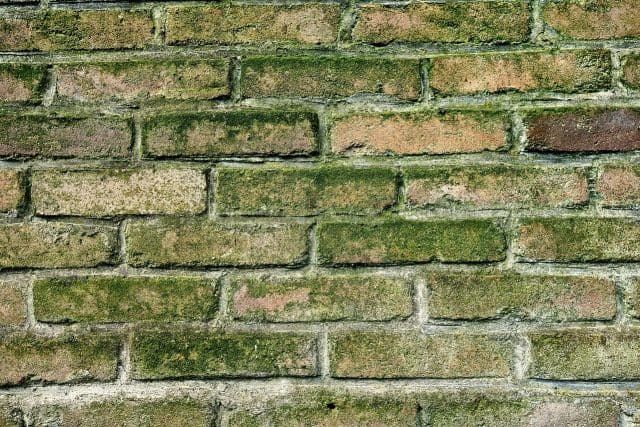
Why Crawl Spaces Are Vulnerable to Mold
Crawl spaces in homes are ideal breeding grounds for mold due to their enclosed, shaded, and humid nature. They are often near the soil, allowing moisture to seep upward. Even modern homes built to code are not immune, as small leaks or drips can accumulate in these hidden spaces.
The issue is compounded by the fact that up to 50% of the air in your home may originate from the crawl space. When mold grows below, spores can be drawn up into living areas through the stack effect, contributing to poor indoor air quality and widespread exposure. Activities like washing, cooking, and even high outdoor humidity add extra moisture, making paying attention to the crawl space environment ever more critical. For these reasons, it’s crucial to remove mold from crawl spaces before it causes hidden damage or affects the people living above.
Common Signs of Mold Growth in Crawl Spaces
Persistent musty odors, discolored or fuzzy growth on wood joists, insulation batts, or foundation walls, increased indoor allergies or respiratory symptoms, warped or soft flooring, peeling paint or bubbling surfaces, and visible water stains or condensation are all signs of mold in a crawl space. These signs can cause sneezing, coughing, and itchy eyes, especially in sensitive individuals. Acting early can prevent future issues and costly repairs. Homeowners should be aware of these signs and take necessary precautions.
Steps for Inspection and Detection
To prevent mold in your crawl space, schedule biannual visual checks, especially during spring and fall when moisture levels are highest. Be cautious of unexpected leaks or flooding after significant weather events. Look for signs of water like wet spots, puddles, condensation, and water stains. If you notice a musty odor or persistent dampness, use a moisture meter to reveal hidden dampness. Note changes in living conditions, such as increased allergies or asthma attacks, as they could indicate airborne mold. Consult a mold remediation professional or hire an inspector for air and surface sampling.
Trusted Remediation Methods
To treat crawl space mold, remove contaminated materials and thoroughly clean exposed surfaces. Remove organic materials like water-logged wood and insulation, bag them, and dispose of them according to local regulations. Apply a specialized mold cleaning solution while wearing protective equipment. Avoid using bleach on porous materials as it is ineffective for long-term results. In large infestations, professionals may use advanced equipment like HEPA air scrubbers, negative air machines, and dehumidifiers. Complete restoration may involve replacing vapor barriers, reinsulating the crawl space, and installing permanent drainage improvements.
Health Risks Linked to Mold Exposure
One of the less visible, yet far-reaching, impacts of crawl space mold is on health. Even small amounts of indoor mold have been linked to bothersome symptoms ranging from sneezing to persistent coughs, asthma flare-ups, and skin irritation. The National Institute of Environmental Health Sciences highlights connections between ongoing mold exposure and more serious problems, including upper respiratory tract infections and the worsening of existing allergies.
Children, elderly adults, and anyone with a compromised immune system are especially at risk of developing acute reactions to mold spores. In the worst cases, certain molds known as “toxic molds” release harmful mycotoxins that can contribute to lasting effects such as chronic fatigue, headaches, and even neurological symptoms. Over time, the result is not just an uncomfortable living environment but one that subtly yet dangerously undermines well-being.
Prevention Tips for Homeowners
To prevent mold, install a heavy-duty vapor barrier, maintain gutters and downspouts, fix plumbing issues, seal gaps and cracks, boost airflow, and manage humidity. Cover 90% of the exposed earth in crawl spaces with a plastic or reinforced liner. Clean gutters and direct water away from foundations to prevent saturation. Caulk around pipe penetrations, vent openings, and utility access points to block air and moisture entry. These preventative measures improve air quality, reduce pests, lower energy bills, and preserve the home’s long-term value.
When to Seek Professional Help
DIY remedies may not be enough when mold affects over 10 square feet, reappears, or is linked to serious water issues or health symptoms. A certified mold remediation specialist can provide thorough cleaning, identify moisture sources, and propose permanent solutions like drainage upgrades or structural repairs. Immediate action preserves home value and well-being; regular inspections and expert intervention can help control mold.



